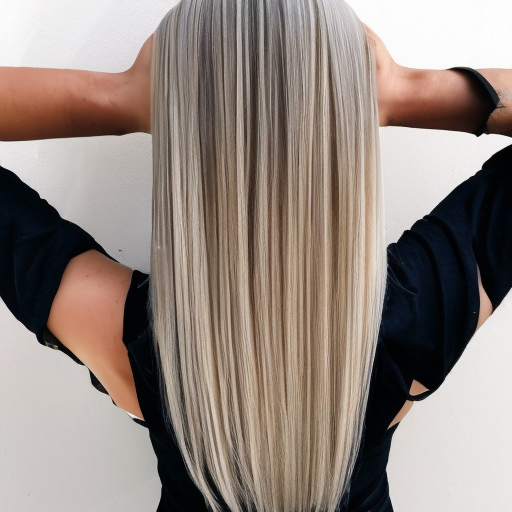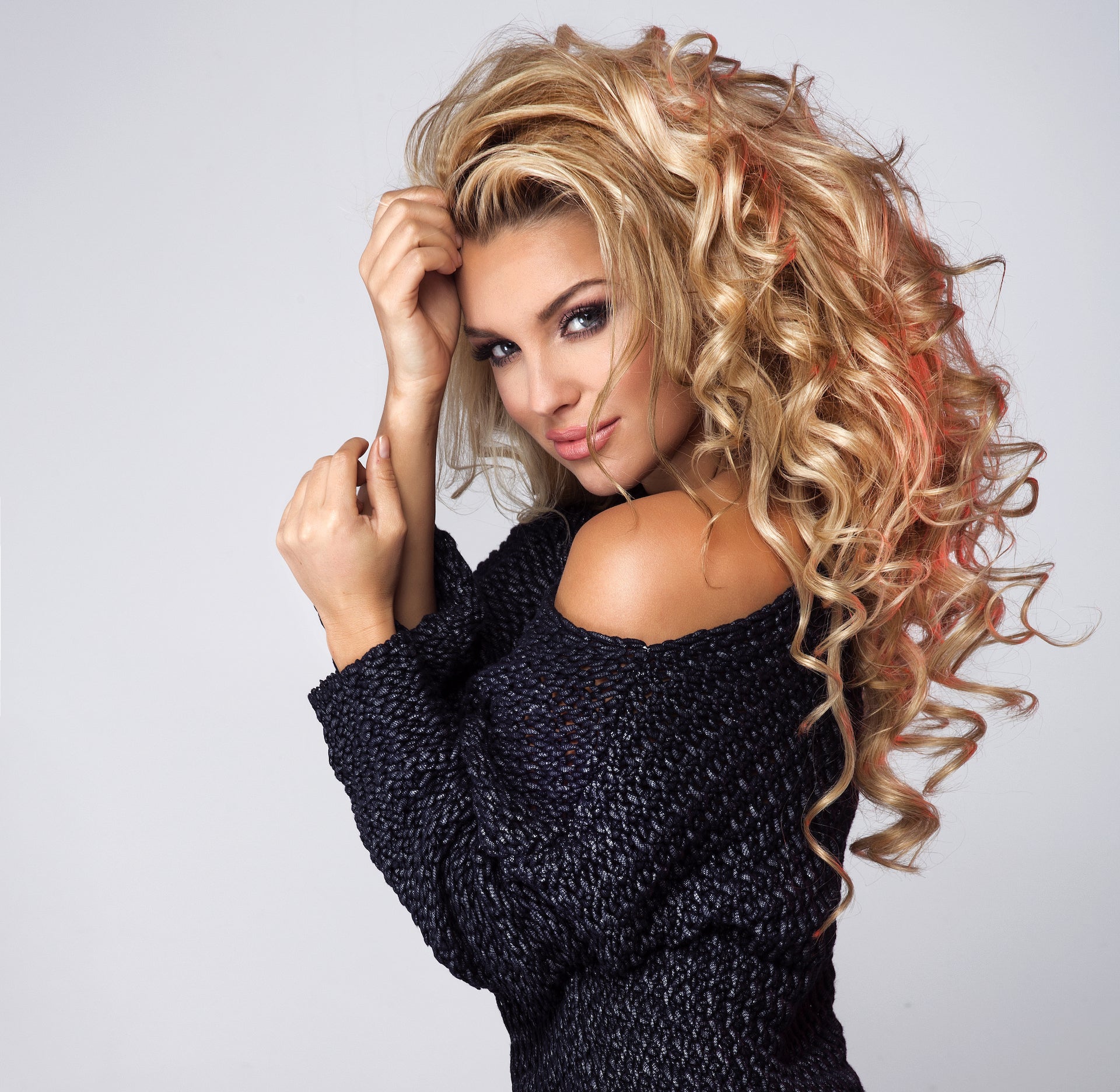Everything You Need to Know About the Various Sewing Methods of Hand-Tied Hair Extensions
If you're looking for a way to add length and volume to your hair, hand-tied hair extensions are a great option. Unlike traditional extensions, hand-tied extensions are sewn onto a track made of microbeads, providing a more natural look and feel. However, there are several sewing methods used to attach hand-tied hair extensions. In this article, we'll discuss the various sewing methods of hand tied hair extensions and their pros and cons.
I
The Traditional Sew-In Method
The traditional sew-in method is the most common method used to attach hand-tied hair extensions. In this method, the extensions are sewn onto a cornrow braid along the scalp. The extensions are attached using a needle and thread, and the thread is tied off to secure the extensions in place. This method is popular because it provides a firm hold and allows for easy removal of the extensions.
Pros:
- It provides a strong hold
- It can be removed easily
- It can be adjusted for length and volume
Cons:
- It can be time-consuming to install
- Requires maintenance to prevent matting and tangling
- It can cause tension on the scalp, leading to discomfort or damage to the hairline
The Braidless Sew-In Method
The braidless sew-in method is a newer technique to attach hand-tied hair extensions. In this method, the extensions are sewn onto a microbead track that is attached to the hair using silicone-lined beads. The extensions are sewn onto the track using a needle and thread, and the thread is tied off to secure the extensions in place.
Pros:
- It provides a natural look and feel
- It can be installed quickly
- It does not require braids, reducing tension on the scalp
Cons:
- It can be more expensive than traditional sew-ins
- Requires regular maintenance to prevent matting and tangling
- Not recommended for those with thin or fragile hair
The Tape-In Method
The tape-in method is a popular method used to attach hand-tied hair extensions. In this method, the extensions are connected to the hair using double-sided tape. The tape is applied to the hair, and the extensions are pressed onto the tape. This method provides a firm hold and is easy to install.
Pros:
- It provides a strong hold
- It can be installed quickly
- It does not require braids or micro beads, reducing tension on the scalp
Cons:
- It can cause damage to the hair if not removed properly
- Requires regular maintenance to prevent matting and tangling
- Not recommended for those with fine or thin hair
The Clip-In Method
The clip-in method is a temporary method used to attach hand-tied hair extensions. In this method, the extensions are attached to clips, then clipped onto the hair. This method is popular because it allows for easy removal and installation of the extensions.
Pros:
- Provides a temporary solution for those looking to try extensions without commitment
- It can be installed and removed easily
- It does not require any sewing or braiding
Cons:
- Not recommended for those with fine or thin hair
- It can cause damage to the hair if not removed properly
- It may require additional clips to provide a secure hold
The Micro-Link Method
The micro-link method, also known as the micro-ring method, is another popular way to attach hand-tied hair extensions. In this method, small sections of the client's hair are pulled through a small silicone-lined bead or metal ring, and then the hand-tied weft is attached to the bead/ring using a needle and thread. The bead is then clamped down to secure the extension to the hair.
Pros:
- It provides a strong hold
- It can be installed without braids or adhesive, which reduces tension on the scalp
- Can be easily removed and reinstalled
Cons:
- It can cause damage to the hair if not installed or maintained properly
- Requires regular maintenance to prevent matting and tangling
- Not recommended for those with fine or thin hair
The Hybrid Method
The hybrid method is a combination of two or more extension methods to create a customized look. For example, a stylist might use the tape-in method for the sides and back of the head and the micro-link method for the top of the head. This method provides a natural-looking blend of different extension types.
Pros:
- It provides a customized look
- It can be used to address specific hair concerns
- It can provide a strong hold without causing tension on the scalp
Cons:
- Requires an experienced stylist who is skilled in multiple extension methods
- It can be more expensive than other methods
- It may require more maintenance than a single method
When it comes to hand-tied hair extensions, there are several sewing methods to choose from. The traditional sew-in method, braidless sew-in method, tape-in method, and clip-in method each have their pros and cons. At Belt Hair Extensions, we offer a variety of hand-tied hair extension so you can choose the best option for your client’s needs. With the right method and proper care, hand-tied hair extensions can provide a beautiful, natural-looking enhancement to your clients hair.









Leave a comment